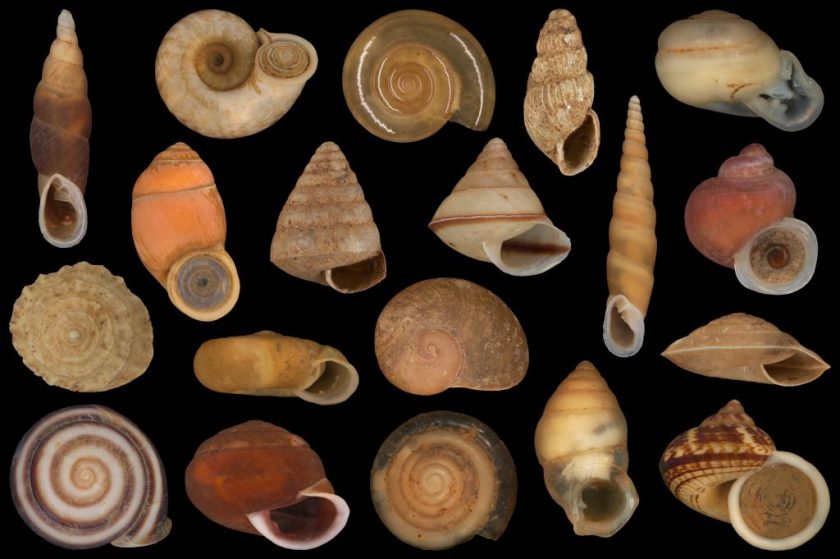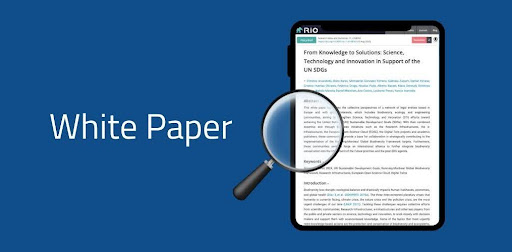Guest blog post by Nadezhda Kirova, Valeria Kirova, Alexey Kotov and Dr. Petr Garibian
The functioning of freshwater ecosystems is impossible without cladocerans (water fleas), which play a key role in the food chains of most continental water bodies. Although the cladoceran fauna is relatively well-studied in the Palearctic as a whole, vast territories of Central Asia, including the Republic of Tyva, have until recently been only fragmentarily studied and required systematic survey.

The first mentions of water bodies in Tyva date back to the 16th century, with the first data on zooplankton appearing in the early 20th century in the works of the Norwegian researcher Georg Ossian Sars (1903) and the Soviet scientist Vyacheslav Rylov (1923, 1930). Historical events of the 20th century significantly influenced the development of hydrobiological research in the region: after the republic became part of the USSR in 1944, the study of water bodies was actively conducted within the framework of ichthyological and fisheries tasks.
Starting from the 1960s, under the leadership of Tomsk scientists Alexey Gundrizer and later Victor Popkov, large-scale ichthyological and hydrobiological research was carried out in the region. During this period, zooplankton was studied primarily as a food source.
Cladocerans — the invisible foundation of freshwater life

If you were to scoop up water from any lake, pond, or steppe salt marsh and examine it under a microscope, you would almost certainly see cladocerans among the first creatures—microscopic crustaceans, usually 0.2–6 mm in size, invisible to the naked eye, but playing a huge role in freshwater ecosystems.
What are they?
Cladocerans are small crustaceans with a characteristic rounded or oval body shape; in most species, the limbs are hidden behind paired valves or a carapace. Externally, they may resemble miniature droplets pulsating in the water. The most well-known representatives of cladocerans are from the genus Daphnia. When first discovered, they were called “pulex aquaticus” or “water flea,” a term still used in scientific publications.
What is their role in nature?

Cladocerans play a key role in the functioning of freshwater ecosystems. Primarily, they are a central link in food chains: continuously filtering water and consuming phytoplankton, bacteria, and organic particles, these tiny crustaceans regulate the intensity of algal blooms, maintain water transparency, and control algal numbers. Thanks to cladocerans, many processes in aquatic ecosystems remain balanced, and they themselves serve as a crucial food source for the fry of most freshwater fish and predatory insect larvae. Without them, many species simply could not survive their early stages of development.
Thus, cladocerans perform the function of ecosystem sanitizers. By filtering water, they cleanse it of fine organic debris and bacteria, acting as a natural “microbial vacuum” that maintains freshwater quality.
Finally, these crustaceans are very sensitive to changes in the aquatic environment. Some cladocerans quickly react to changes in salinity, the presence of heavy metals, toxic substances, and other types of pollution. Thanks to this sensitivity, cladocerans are widely used in water quality biotesting, making them a valuable tool for environmental monitoring.
How do they survive?

Cladocerans have an amazing life cycle. Under favorable conditions, they reproduce by parthenogenesis, without the participation of males—females simply clone themselves. This allows them to instantly colonize temporary water bodies after rains or snowmelt.
When “hard times” come—with the onset of cooling, shorter daylight hours, or the drying up of a water body—cladocerans produce resting eggs. These eggs are covered with a strong shell, can withstand drying, frost, and persist in bottom sediments for decades. Sometimes this “cladoceran archive” in the silt is used to study past climatic epochs—like a natural flash drive.
Where do they live?
Almost everywhere, on all continents including Antarctica. They can be found in diverse continental water bodies: rivers, lakes, swamps, ditches, puddles, and other temporary pools. There are even unique species living in leaf axils, tree hollows, damp moss, groundwater, and caves.
The cladocerans of Central Asia are very diverse, where fresh, slightly saline, and saline water bodies are in close proximity—each with its own unique crustaceans.
Why are they important for science?

Cladocerans are an ideal model for ecologists:
- They reproduce quickly.
- They are easily cultivated.
- They instantly react to environmental changes.
- They survive climatic changes.
- They form the basis of freshwater communities.
Specimens found in permafrost allow scientists to literally “reconstruct zooplankton communities of the past,” comparing populations from different periods, researching evolution in real time, and tracing climate change processes.
Tyva
The Republic of Tyva is one of the most contrasting and unusual regions of Eurasia. Within a relatively small area, almost all of the Earth’s natural zones are found—from semi-deserts and dry steppes to alpine meadows and high-mountain tundras.

The climate in the region is sharply continental, with cold winters, hot summers, large daily temperature fluctuations (up to 30°C), and extremely low precipitation, especially in the steppe basins. The climate in the mountains is milder, with more precipitation, warmer winters, and cooler summers than in the basins. The highest peaks have eternal snow. The highest mountain, Mongun-Taiga, is 3976 meters above sea level. This diversity of natural and climatic conditions creates a wide ecological spectrum.
The landscape mosaic of Tyva is impressive—steppe plains with sand massifs, taiga slopes, high-mountain plateaus, swampy areas, and numerous lakes coexist here. There are about two thousand lakes in Tyva, from large ones like Chagytai and Azas to small brackish and freshwater lakes.
The Ubsunur Basin stands out among the natural landscapes—a unique transboundary natural complex included in the UNESCO World Heritage List. Here, in a small area, one can find desert, steppe, tundra, and alpine meadows, as well as many lakes with varying degrees of mineralization—from almost fresh to hyperhaline.
This combination of contrasting climatic zones, altitudinal gradients, types of water bodies, and salinity levels makes Tuva a natural laboratory for studying aquatic biota.
Dataset
In the course of the research, scientists compiled and summarized the largest dataset to date on the cladocerans of the Republic of Tyva—the result of almost thirty years of field work in the region (1993–2022). A total of 902 water bodies of various types were surveyed: permanent and temporary, differing in depth, altitude, and salinity.
It is important to note that only a few of the lakes located in the basins can be reached by a comfortable road. Most of the water bodies are situated in the mountains, in hard-to-reach areas with difficult mountain roads. The work was incredibly labor-intensive but also exhilarating: our cars broke down high in the mountains far from any settlements, we experienced earthquakes, we had to spend nights near ancient burial mounds, wolves walked near our camp, and marals would occasionally approach us. We even once had to run quickly high in the mountains to escape a thundercloud whose lightning was striking the ground.
On one occasion, we fell into a glacial quickstream. These formations, which occur near high-mountain lakes due to the melting of relict ice, suck you into the depths like quicksand, and are incredibly difficult to escape! So this dataset is inextricably linked with a whole series of adventures.
The final dataset, published in Darwin Core Archive format on GBIF, includes 3,599 occurrence records and 76 species of cladocerans. It is noteworthy that not a single invasive species was found in Tyva, although such finds are not uncommon in studies of cladocerans in other regions.
The obtained materials significantly expand the understanding of the composition and spatial distribution of cladocerans in Tyva, which was previously poorly studied from a faunistic perspective.


A special mention must be made of the constant members of our expedition team — Toby the dog, who took part in the annual field trips from 2011 onward, growing from a playful puppy into a wise “scientist dog,” and Karkusha the raven, who joined us in 2016 after we found him as a chick with broken legs and decided to keep him. Without exaggeration, both became an integral part of the long-term history of our fieldwork and made their own contribution.








Toby passed away in November 2025, shortly after our research paper was published, at the age of fourteen. It would not be an overstatement to say that he truly devoted his life to these studies, accompanying us year after year and becoming a symbol of the expedition itself.
Research article:
Kirova N, Kirova V, Kotov A (2025) Diversity of the cladocerans (Crustacea, Branchiopoda) in the Republic of Tyva, Russian Federation. Biodiversity Data Journal 13: e163656. https://doi.org/10.3897/BDJ.13.e163656









































































































